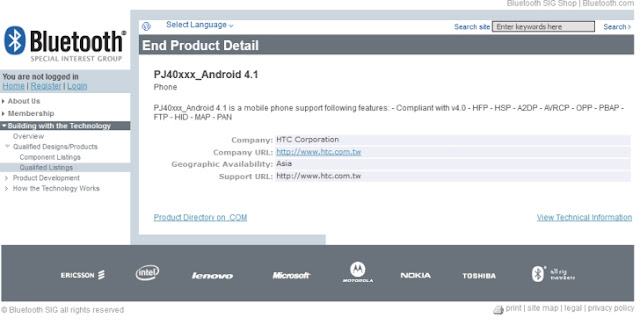Although today’s Android event set for New York City has been cancelled, Google has still made the new Nexus devices official, and the LG Nexus 4 was one of them.
The handset was built as a collaboration between Google and LG, and comes with a host of top-of-the-line capabilities, just as previously speculated. For starters, we should note that the new device hits shelves with a large 4.7-inch 1280 x 768 IPS display, as well as with a powerful 1.5GHz quad-core Snapdragon S4 Pro processor packed inside. The feature list of the new device also includes an 8-megapixel photo snapper on the back, with support for full HD video recording, as well as a 1.3MP camera on the front for making video calls. “LG is proud and excited to play this role in helping build the latest Nexus smart-phone,” said Dr. Jong-seok Park, President and CEO of LG Electronics Mobile Communications Company. “Users will be delighted by the perfectly balanced combination of form and function with the latest generation of Android.”
Nexus 4 is the first Google phone to have been built courtesy of a collaboration between Google and LG, yet it should provide users with all the features and capabilities that they were looking for in a device included in the popular Nexus series. “This is the first time we collaborated with LG to build a Nexus device,” said Andy Ru-bin, senior vice president of mobile and digital content at Google. “They brought an extraordinary amount of talent to the project, and the result is a feature-packed device that feels great in your hand, and blazingly fast under the hood.” Some of the main features of the new device include scratch resistant Corning Gorilla Glass 2 coating on top of the 320ppi screen, to offer extra protection, along with support for 3D graphics and gameplay, and the latest Google apps packed inside.
The new device also features 2GB of RAM for increased performance capabilities, 8GB / 16GB of internal memory, a 2,100mAh Li-Polymer battery inside, and the new Android 4.2 Jelly Bean operating system loaded on top. LG also packed Nexus 4 with WiFi and Bluetooth connectivity, GSM/HSPA+ compatibility, Wireless charging, NFC capabilities, and the like. The new smartphone is expected to become available for purchase starting with November 13 in the US, UK, Canada, Germany, France, Spain and Australia. It will be sold unlocked through Google Play and will reach other markets in Europe, Central/South Americas, Asia, CIS and the Middle East.
The smartphone will feature a price tag of $299 for the 8GB flavor, or $349 for the 16GB model. T-Mobile USA will carry an unlocked flavor for $199 on a two-year contract.
 |
LG Nexus 4
Image credits to AndroidGuys |




 10/31/2012 08:14:00 PM
10/31/2012 08:14:00 PM
 dannzfay
dannzfay
























































